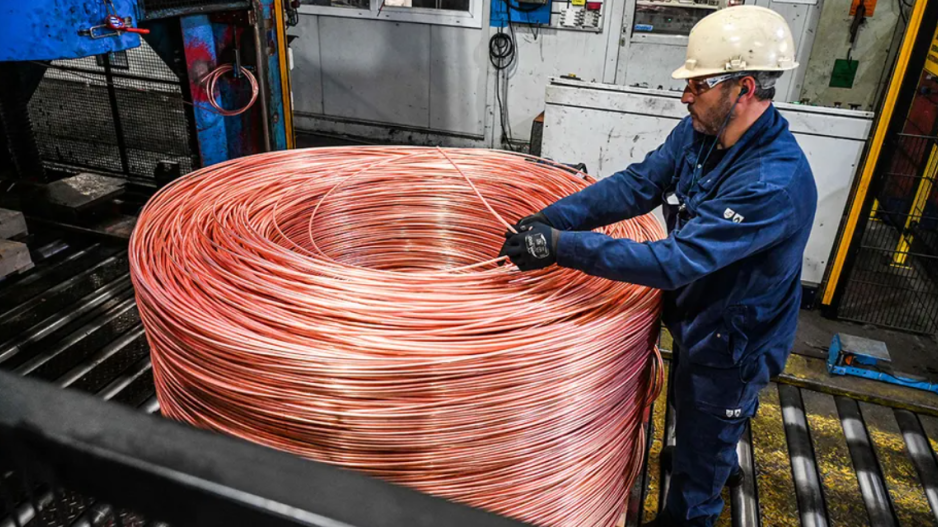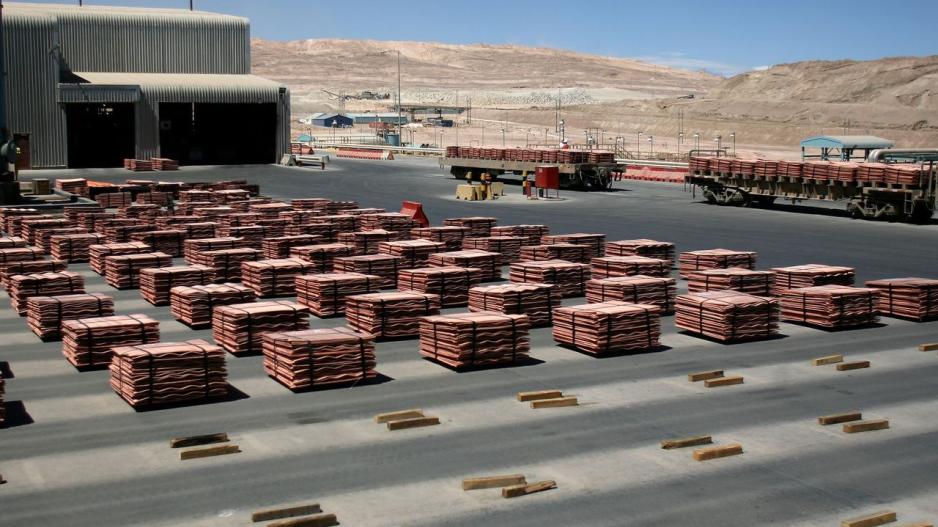With Demand Soaring, Copper Supply Shortfalls
Copper Is Essential for Technologies Supporting the Energy Transition and Artificial Intelligence
At a potentially critical moment for the global economy, the world is facing a copper shortage. BCA Research predicts a copper deficit of 370,000 tons in 2023 alone.
Copper is essential for technologies supporting the energy transition and artificial intelligence. Significant investments are needed in solar collectors and wind turbines, which heavily rely on copper and other metals. Experts estimate that 4-5 tons of copper are required for a single onshore wind turbine or solar panel to produce 1-3 MW of energy.
Simultaneously, Man Group reports that copper scarcity could jeopardize artificial intelligence advancements and carbon reduction efforts. Copper's high conductivity and lightweight make it indispensable for electrical wiring and networks.
Tech companies are expected to invest $1 trillion in artificial intelligence, with most funds allocated to data centers. This surge in demand also requires substantial copper quantities. Man Group estimates that about 65,000 tons of copper are needed for every GW of implemented power.
Copper demand is projected to increase five to six times in the coming years. "In 2024, we expect Chinese demand for processed copper to grow just over 4%. Global demand will also rise," predicts Commerzbank analyst Thou Lan Nguyen.

Copper prices have already risen to $9,384 per ton, according to the London Metal Exchange (LME), reaching their highest levels in two years.
The shortage became evident in late December when Bloomberg first warned of issues with the market supply of processed copper, as key projects halted. Mining in regions like Congo, Kazakhstan, Mongolia, and Latin America has declined, removing about 3-5% of global production.
Moreover, copper mining is a lengthy process. A typical mine takes 10-15 years to explore, develop, and operate. Given these factors, Man Group emphasizes that the copper market is heading toward a significant deficit and a price increase in the coming decades, which investors should not overlook when considering AI and renewable energy opportunities.
Market analysts at Goldman Sachs, foreseeing a tighter copper market, predict metal prices could reach $15,000 per ton by 2025.
The major beneficiaries in the copper battle are primarily Chile and Peru, which possess large copper reserves, accounting for nearly one-third of global production.
Chile alone holds about 24% of global copper reserves, and Peru 10%, according to the latest data from the U.S. Geological Survey. They are followed by Congo (10%) and China (9%). As for the production of copper concentrate used in various products, China leads with 42%, followed by Chile (8%), Congo (7%), and Japan (6%).
Geological studies conclude there are vast underground copper reserves, but the ore quality is continually diminishing, and the concentration and mining areas pose multiple social and environmental challenges. Key copper producers – including Antofagasta, Anglo American, and Vale – have already reduced their 2024 forecasts.






